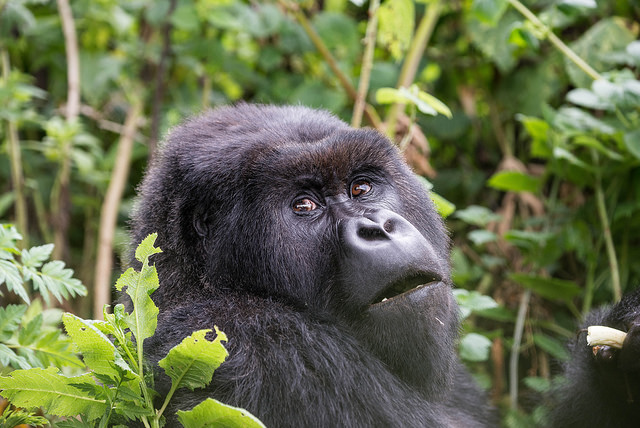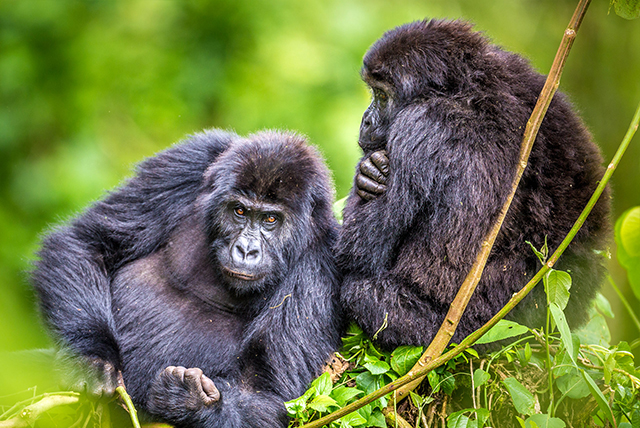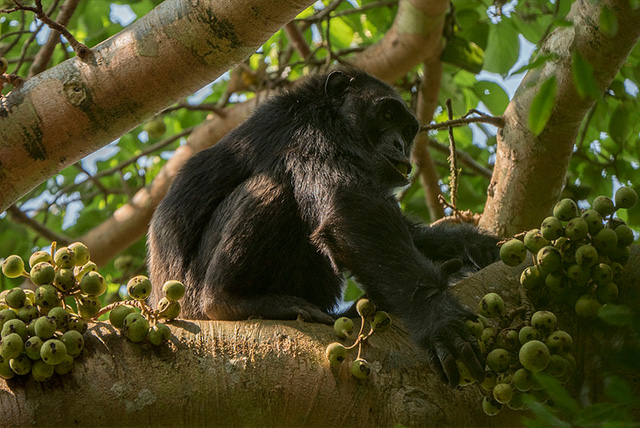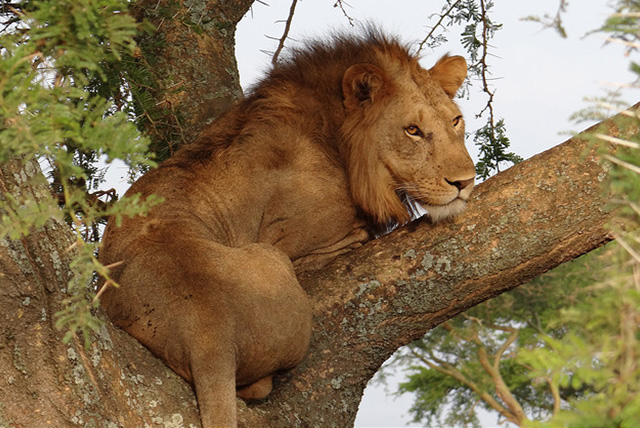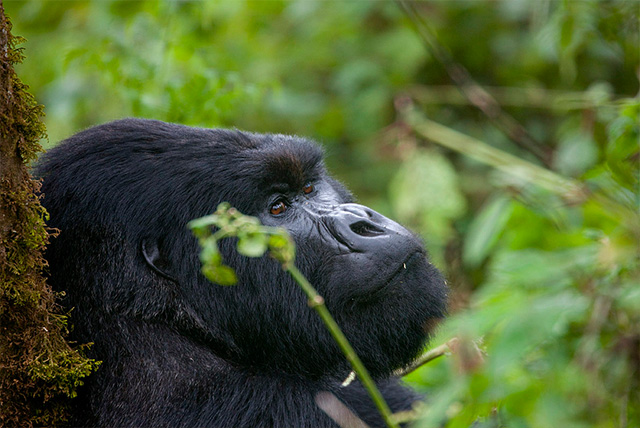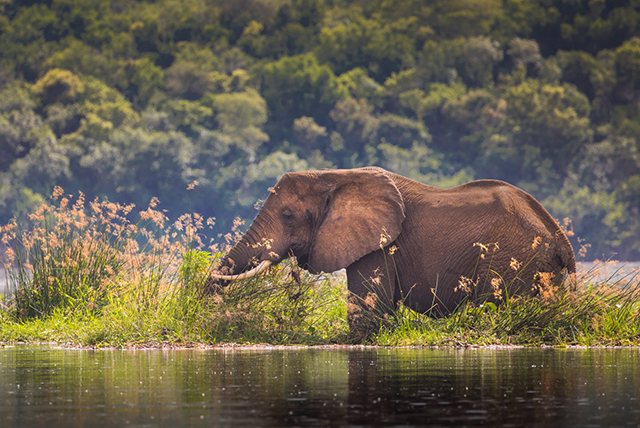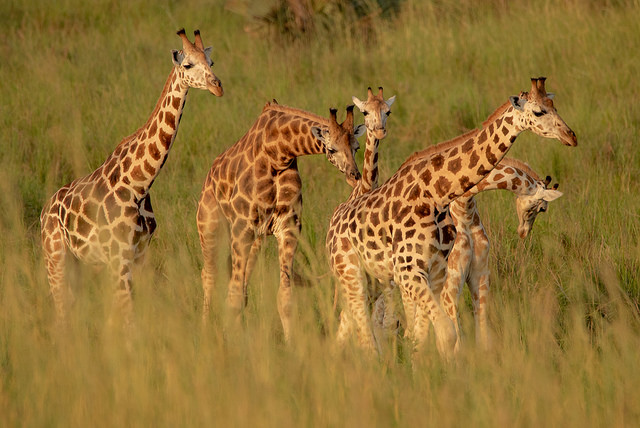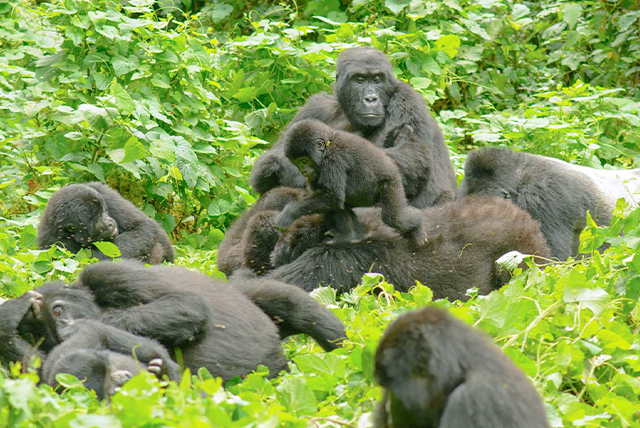Best Time to Visit the Ngorongoro Crater
What is the ideal time to visit the Ngorongoro Crater?
While the paths surrounding the caldera may become quite muddy, the ideal time to explore the Ngorongoro Crater in Tanzania is during the rainy season from April to May. This time of year sees a delightful drop in visitors, allowing the crater to flourish in vibrant greenery, a striking contrast to the parched, dusty landscape of the dry season. Expect a surge of visitors from July to September, and again from December to February during the calving season that follows the November rains.
With Ngorongoro’s wildlife residing in the steep-walled crater throughout the year, the decision of when to embark on Ngorongoro Crater safaris revolves less around enhancing your game viewing experience and more about the number of fellow adventurers and vehicles you wish to encounter in the crater.
Month by Month Guide for Exploring Ngorongoro Crater: Adventuring to the Ngorongoro Crater from January to May
January offers an exciting opportunity to explore the Ngorongoro Crater, as it coincides with the breeding season for the wildebeest in the region. The herds experience a spectacular event known as “mass calving” on the lush green plains just beyond the crater, providing incredible photo opportunities of newborns as they bravely attempt to stand for the first time. The months of January and February lie in the exciting gap between the two annual rainy seasons, providing a refreshing dry spell between the ‘short rains’ and ‘long rains’.
February stands out as a relatively dry month, a brief pause before the rains make their entrance towards the end of March in the crater. This is a fantastic moment for observing wildlife, particularly for catching glimpses of lions and hyenas getting ready to pursue the plentiful herds.
March offers a fantastic opportunity to explore the Ngorongoro Crater, allowing you to escape the crowds while enjoying great rates. The ‘long rains’ start to pour around late March and persist through April and May, turning the crater into a lush, green paradise.
Exploring the Ngorongoro Crater from June to October
June offers an incredible opportunity to explore the Ngorongoro Conservation Area. The ‘long rains’ have come to an end, and the game drives are now a bit more tranquil. The prime time for a safari in the Ngorongoro Crater begins around late June or early July. The refreshing weather makes this month perfect for scaling Kilimanjaro, a thrilling complement to a Ngorongoro safari.
When exploring the Ngorongoro Crater, July and August are bustling months, and lodging near the crater tends to be quite packed during this time. The allure that draws people from every corner of the globe during the dry season lies in the vibrant wildlife that roams the arid plains and the frequent sightings at watering holes. This is when you can often encounter the majestic leopard, powerful lion, impressive rhino, sturdy buffalo, and magnificent elephant all in a single day.
September signals the arrival of spring while remaining within the well-loved dry season in the Ngorongoro Conservation Area. The crater has a brisk chill during this season. The arid conditions in recent months have transformed sections of the crater floor into a dusty expanse, while the grasslands have taken on a golden hue.
October marks a shift in the weather within the Ngorongoro Crater, with the start of the month representing the peak of the long dry season, while the ‘short rains’ make their appearance just before November.
Exploring the Ngorongoro Crater between November and December
The Ngorongoro Crater offers a warm atmosphere with occasional showers in November and December. This time brings the ‘short rains,’ where the rain falls in brief, lively bursts, often as afternoon showers that seldom disrupt the thrill of safaris. As the rains begin in November, the first migrant birds make their appearance, transforming the Ngorongoro Crater into a prime destination for birdwatching enthusiasts.


